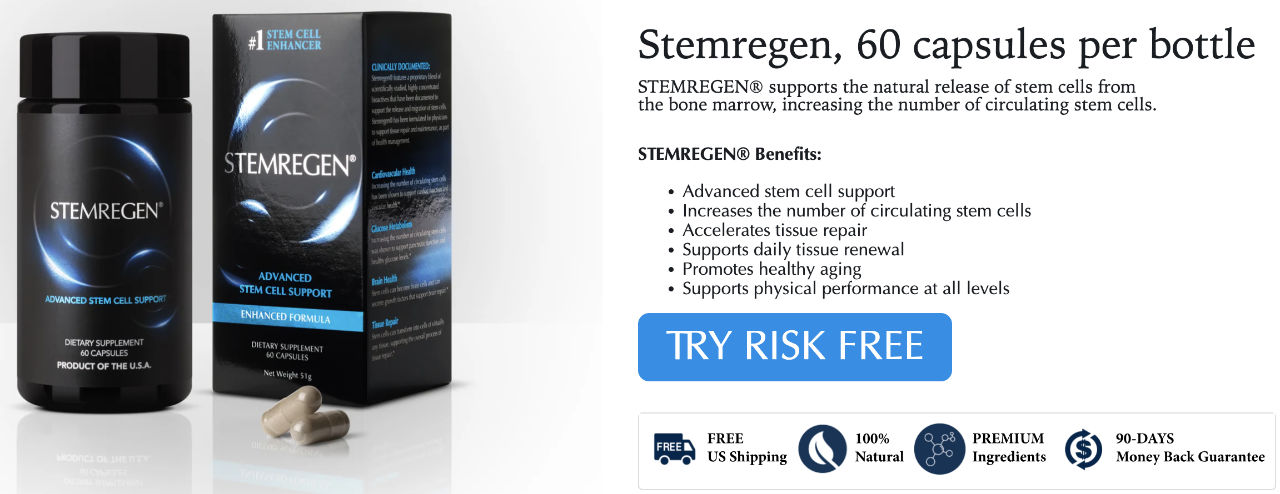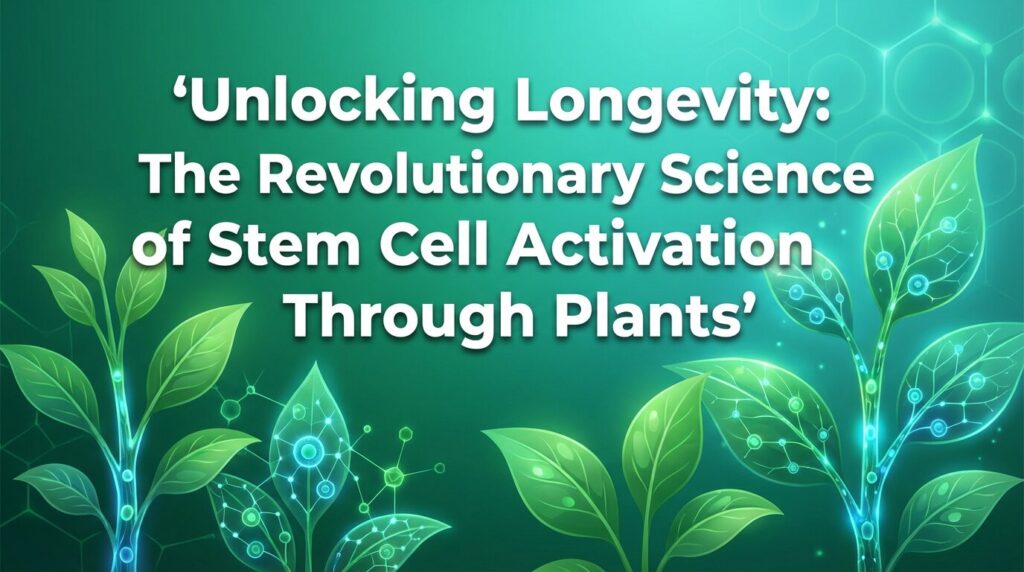In the evolving landscape of regenerative medicine, stem cell therapy has emerged as one of the most promising frontiers, especially in the pursuit of extended health span and longevity.
This video dives deep into the current state and future of stem cell science, separating genuine breakthroughs from marketing hype.
The host, Lance Hitchings, who has undergone stem cell treatment himself, provides a grounded yet visionary exploration of how these cells function, where they come from, and the transformative role they may play in aging and health maintenance.
The video begins by explaining the fundamental biology of stem cells — undifferentiated cells capable of transforming into a variety of tissue-specific cells.
These cells are vital to natural bodily repair processes and become less effective with age, a phenomenon called stem cell exhaustion.
The decline in both quality and quantity of these cells contributes to slower healing, joint degeneration, and reduced resilience.
A range of current stem cell therapies is discussed, including harvesting stem cells from one’s own fat or bone marrow, expanding them in labs, and reinfusing them to boost the body’s regenerative abilities.
Notably, the video highlights noninvasive sources like umbilical cord-derived stem cells, which are potent and versatile, and avoid the ethical challenges associated with embryonic stem cells.
Beyond the lab, the host explores natural ways to activate the body’s own stem cells. Compounds like AFA (a blue-green algae extract), curcumin, and sulforaphane show promise in stimulating hematopoietic stem cells.
Exercise also stands out as a potent, natural stem cell activator, reinforcing the connection between physical activity and regenerative health.
Crucially, the video addresses the regulatory limitations currently constraining stem cell therapies in places like the U.S., pushing many longevity-seeking individuals to clinics in countries with more lenient frameworks such as Costa Rica, Mexico, and India.
While this has opened doors for innovation, it also introduces risks due to inconsistent oversight, making informed decision-making all the more vital.
The video concludes with a hopeful yet measured outlook. Technologies like induced pluripotent stem cells (iPSCs) are on the rise, and although not yet mature enough for mainstream organ regeneration, they are already making significant impacts in research and therapeutic development.
The field is still in its early stages, but with continued progress, stem cell science may well redefine the boundaries of aging and human health in the years to come.
Watch full video below:



